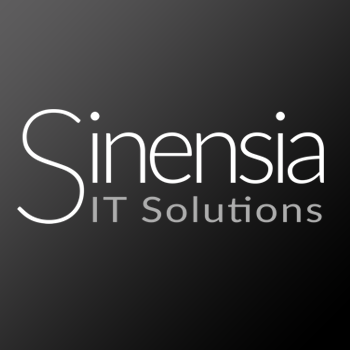
Descripción: Curso z/OS System Programmer Fundamentals
Formación en System Programmers
This course is designed to describe the basic components that apply to all z/OS systems. It includes high level concepts that apply to the z/OS hardware platform and the z/OS software. It then provides a more detailed analysis, description and lab activities that can be applied to the system programmer role to maintain z/OS systems.
\n\nDiscussion activities include: The POR, IPL process, JES implementation and operating environment, VTAM environment for TSO, ISPF, SNA and TCP/IP networking, RACF, ISPF/PDF and UNIX System Services. It defines the classic approach to data management in a z/OS system. It identifies various software products and utilities used to define, maintain, and manage catalogs and data sets in the z/OS environment. It also discusses Parmlib usage and requirements for system initialization and operation that include: System symbolics, WLM, SFM, RMF and system logger. Both single system and multi-system sysplex usage is identified. z/OS install, upgrade options, maintenance using SMP/E and I/O configuration requirements using HCD is listed and described.
Formación IBM
System ProgrammingDetalles
Contáctenos a través de >éste formulario<
Precios especiales para la formación de grupos
Podemos adaptar cualquier curso a sus necesidades, e impartirlo en sus instalaciones o en nuestros centro de formación ContáctenosCursos relacionados


